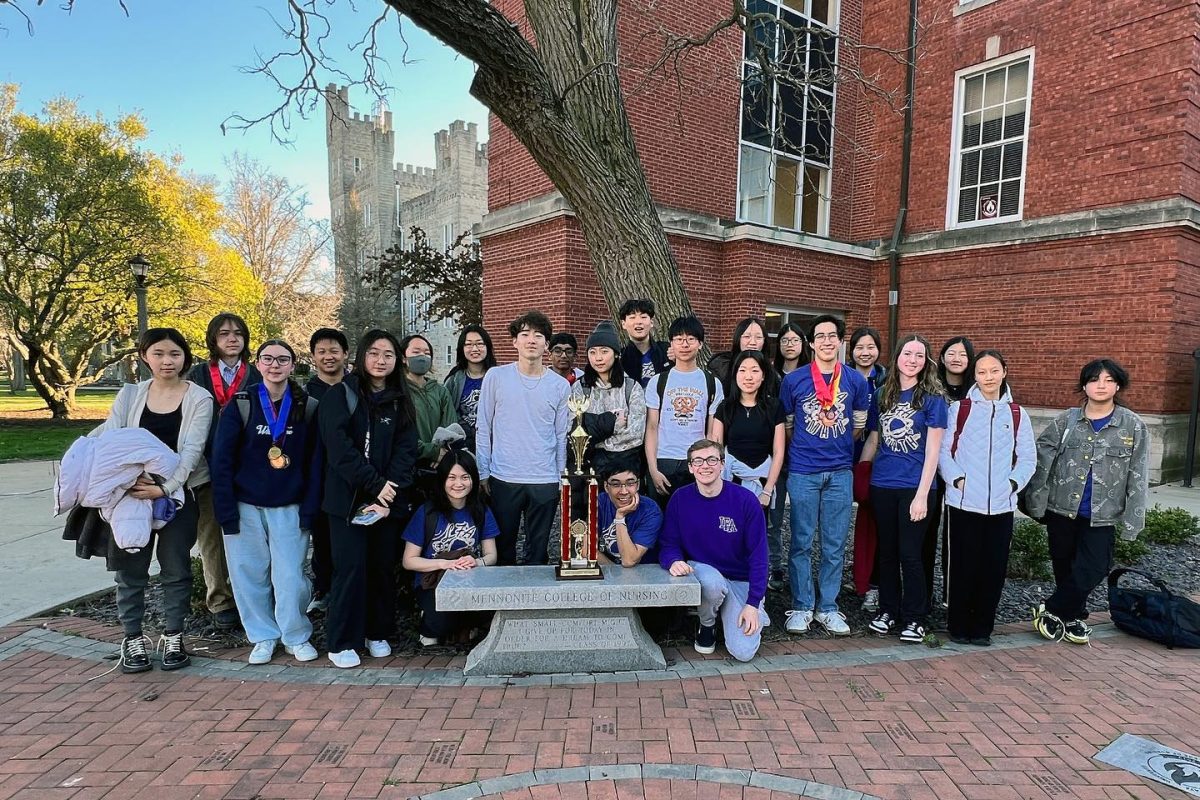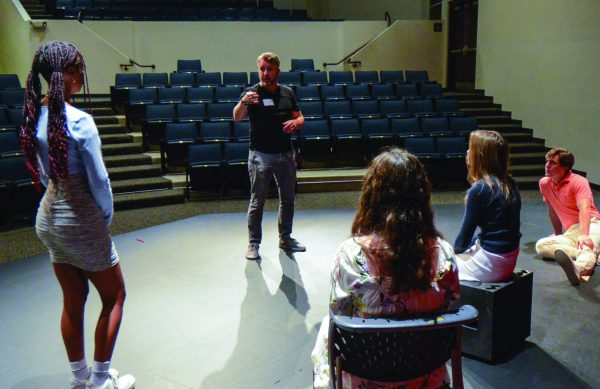LFA’s haunted house and spooky stories
November 8, 2021
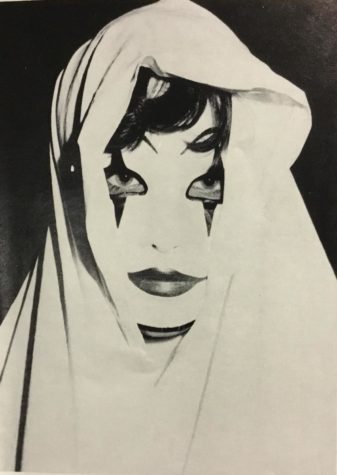
The haunted house run by Tyler Madeley, an LFA English teacher, came back to scare students on October 29th. Previously, this Halloween event had been cancelled due to Covid concerns. As an adjustment due to the virus, only groups of two or three were allowed in, and these groups were planned to be “broken up this year” according to Madeley. The haunted house was loved by the LFA community and, as Madeley attested, it was the “perfect amount of scary.”

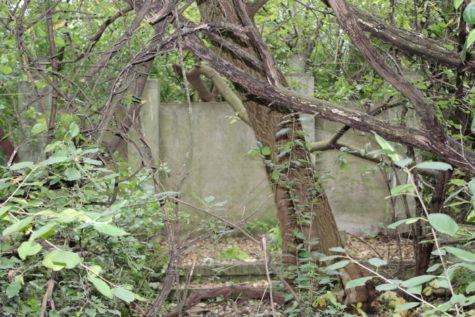
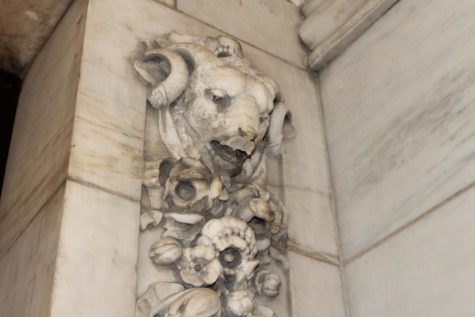
Each year, scary stories about LFA creep up around Halloween season. Myths of a mysterious man in a top hat smoking a cigar around the formal gardens spread around campus alongside stories detailing the ghost of a young boy who was chopped in half while running around campus late at night. Only adding to the mystique is the fact that LFA’s formal gardens were actually the setting for 1978 horror movie Damien: Omen 11.
Some tales stem from the Armour House’s history. Many claim to have seen a beautiful woman wearing a white dress floating standstill on the baseball field. It is believed that this is the ghost of Lolita Armour, daughter of the mansion’s original owner, Jonathon Ogden Armour. Her frozen stature coincides with her diagnosis of congenital dislocation of both hips. Perhaps most common is the fable that Jonathon Armour was a satanic worshipper and evidence of this is scattered around campus.
This satanic worship fable has traces among campus, where garyolges and ram’s heads can be found Another possible source of the myth is the broken down structure near the cross country field, which appears to look like an altar. Originally, this structure was used as a sitting spot decorated with statues of Greek goddesses, each representing different seasons. Some, however, claim that this altar’s use was for animal sacrifice. According to Rita MacAyeal, LFA’s Director of the Library and archivist, these features were merely “the architecture designs of the time.” Another aspect of these myths is Jonathan Armor’s conspicuous source of wealth as his fortune was based upon the meat packing industry in Chicago-—notorious for its unsanitary and unpleasant working conditions.
Overall, these tales are a byproduct of the Lake Forest’s Academy’s 164 years of establishment, as well as the campus’ even longer history. These spooky stories are simply one element of the riveting, mysterious history of Lake Forest Academy.




